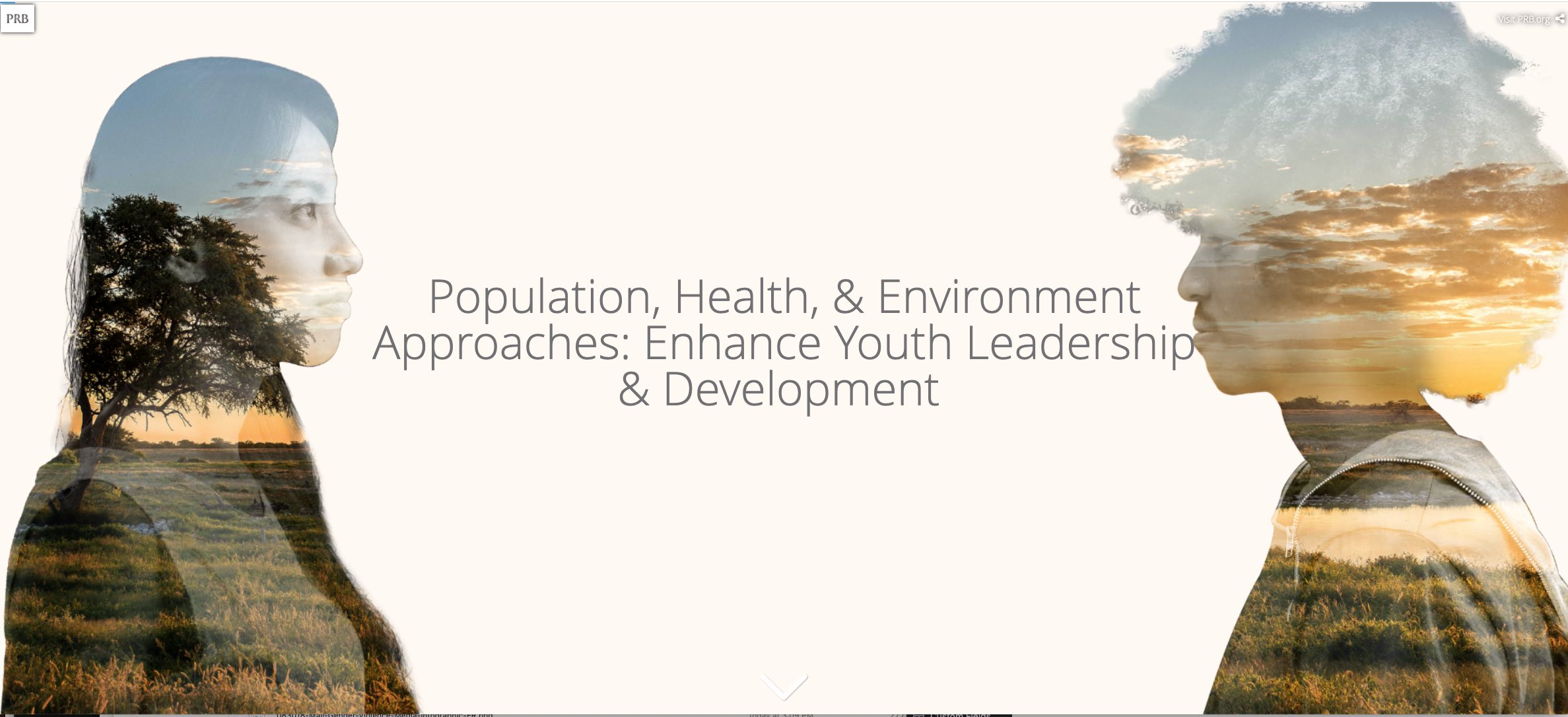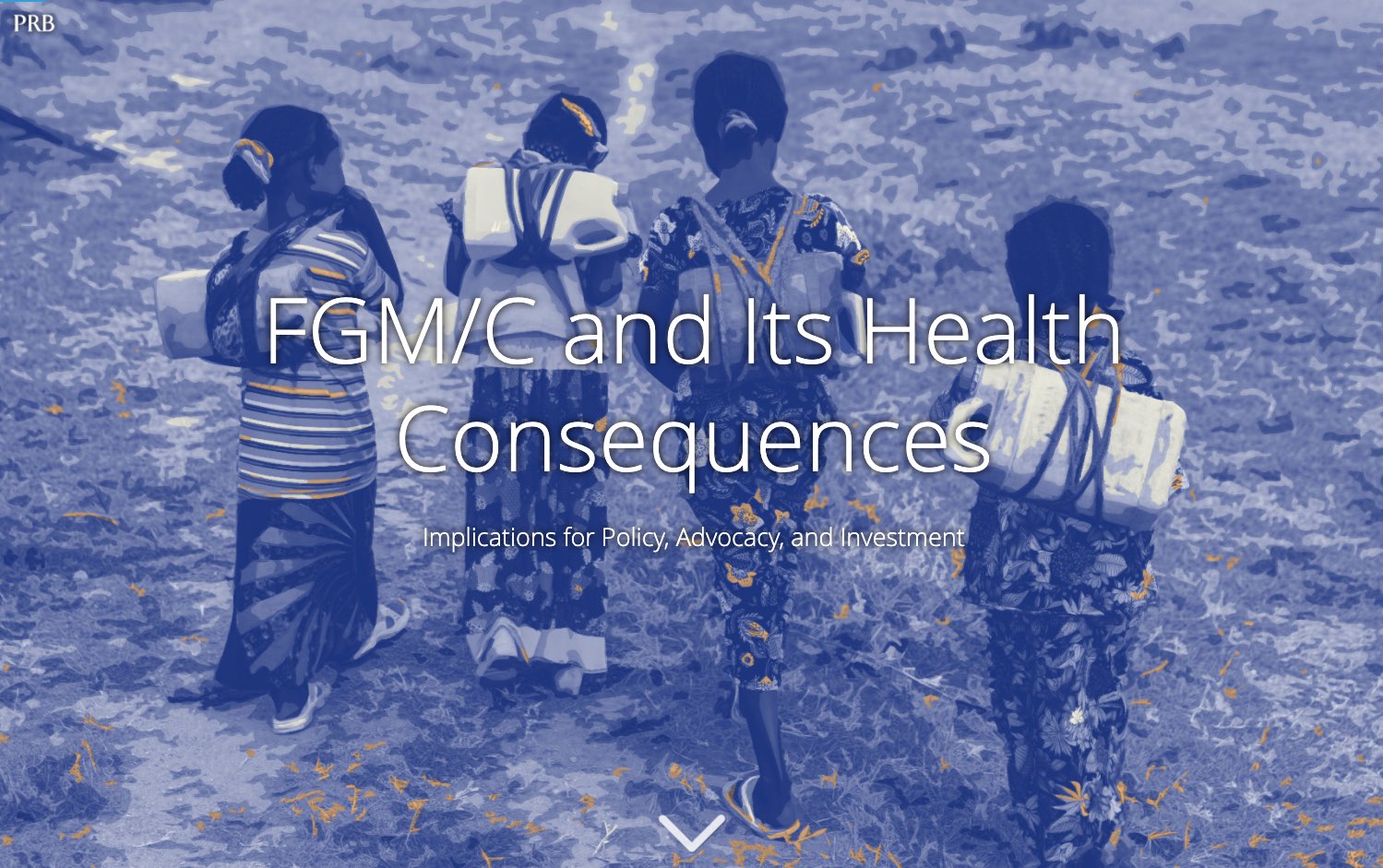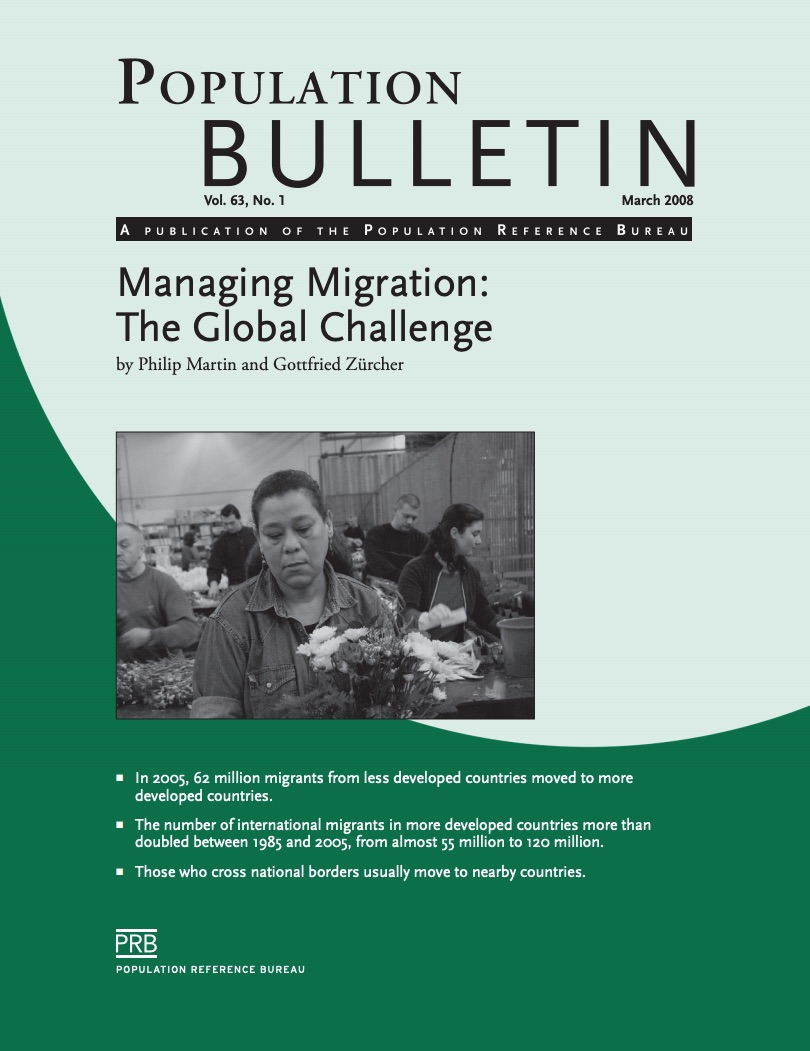The Grandmother Project’s New Approach to Ending Female Genital Mutilation
(2010) Female genital mutilation (FGM), also known as female genital cutting or female circumcision, is the cutting, altering, or injuring of any or all parts of the female genitalia for nonmedical purposes.




